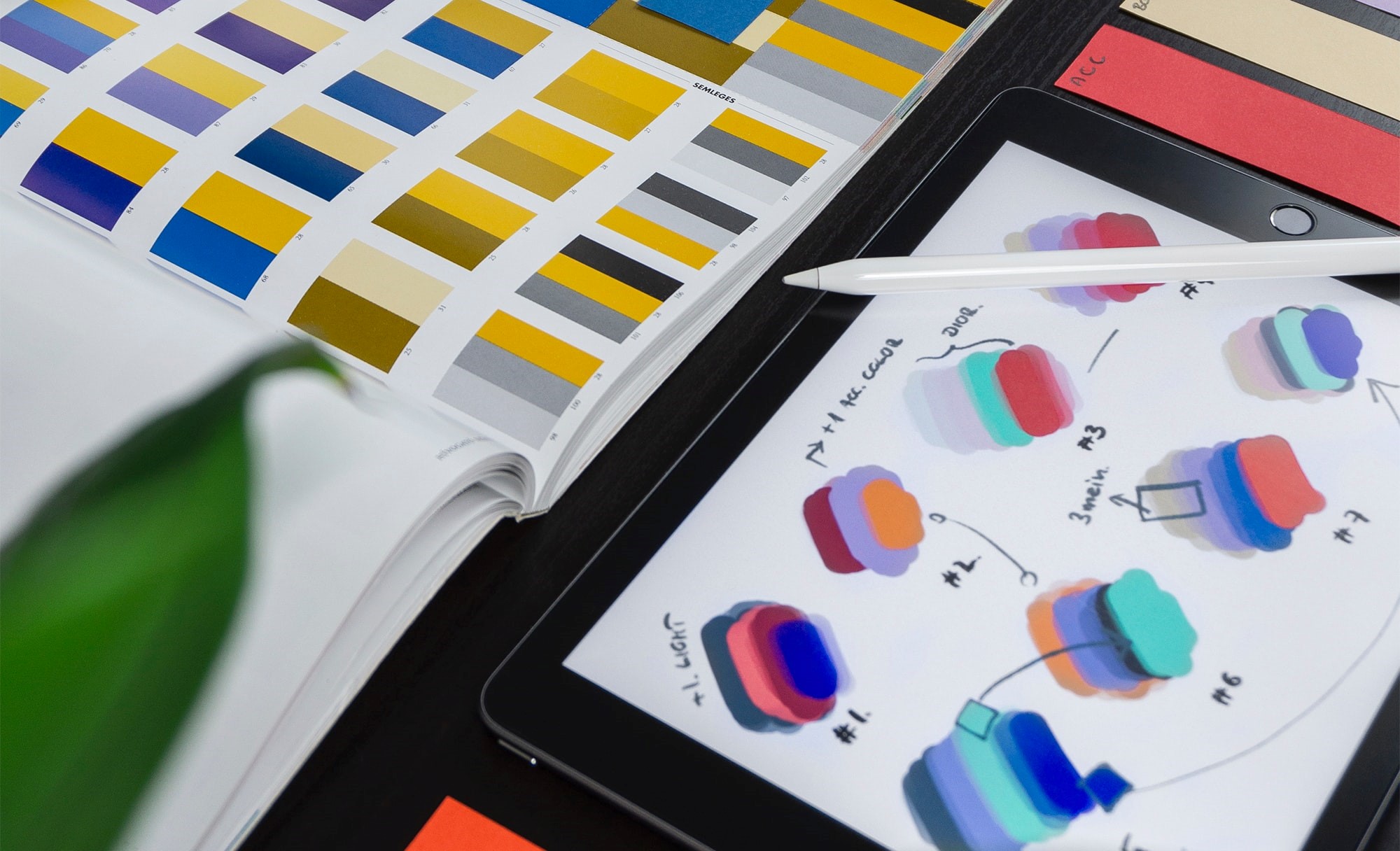According to Greek mythology, Zeus was naming all things on earth. Just when he thought he had finished, a tiny blue flower shouted, “forget me not!”. Just like these flowers, brands that want to be noticed and remembered need to fight for attention.
Brand salience is a brand’s mental availability in our memory, it measures how well people recognise or think about a brand while making purchase decisions. This an important part of brand equity, and it is a concept that can’t be measured with any standard single KPI due to its complicated nature.
A person’s memory is a network of different cognitive cues of stored interlinked information. Brand salience can best be understood by imagining the brand as a converging point in our memory, interlinked with different types of cognitive cues or associations, what we call Brand Assets. Brand Assets are key to effective communication, the salience of a brand is determined by the amount, relevance, and strength of these associations.
So how can you make your brand one to remember?
1. Use brand cues
The use of brand cues is crucial. Brand assets are the brand cues that help anchor your communication in consumers’ minds and create strong sender recall and brand salience. Strong brand assets are highly recognisable, unique, and can be applied across channels and over time. For example, one of our recent studies showed how by introducing more brand cues you can increase sender recall. We looked at four TV commercials, the same ad but different ways of making it memorable. We found that the most successful ad was the one that had more brand cues than the other three. By including the brand name at the beginning of the ad, a campaign tagline in the middle and a voiceover at the end with the brand name and campaign tagline, this ad’s memorability was over 10 p.p. stronger than the others.
2. Use the right brand cues
But the trick isn’t only in including more brand cues in your communications. You must identify what the right ones are first. At Nepa, we use a system one approach to capture instinctive associations, by asking respondents which brand they associate with several different images of brand cues. We then analyse response time for each question and focus on fast responses to capture the instinctive answers. As a result of this process, we’re able to identify how strong the link is between the cues tested, and the brand.
The outcome can sometimes be surprising. For example, colour is often thought to be a strong cue, a key part of a brand’s identity. But one of the studies we conducted for a leading brewing company showed us that fewer than half of consumers associated that brand with their flagship colour, and only 12% with their distinctive font. That same colour was in fact associated with three other brands, all of them competitors! The strongest cue, with 80% association, was a combination of different elements – the colour, the font, and a recognisable word. Only by understanding the role of different brand cues and identifying the strongest, can brands avoid the risk of using the wrong assets and creating communications that miss the mark.
3. Use the right brand cues and classify them
Once you’ve pinned down what your strong assets are, you then need to understand how these contribute to increase sender recall and your brand position. Brand cues can be classified as strategic or tactical. Strategic cues provide low sales impact but can have high sender recall, while tactical ones provide high sales effect but can have low sender recall. So, the tactical/purchase cues will lead to spontaneous sales, while the strategic/branding ones are great for building long-term brand equity. By classifying your cues you’ll be able to either identify how to drive sales or support your positioning, depending on your preferred outcome. You can also mix and balance your assets to push both your sales and brand equity.
Brand cues are the keys to unlocking consumers’ memory. If you know what your strong assets are, how to use them and how to make them work together to achieve your goals, you will never be a wall flower.
By John Palm, Senior Analyst R&D at Nepa
Want to know more? Contact us today and our brand experts will help you!

